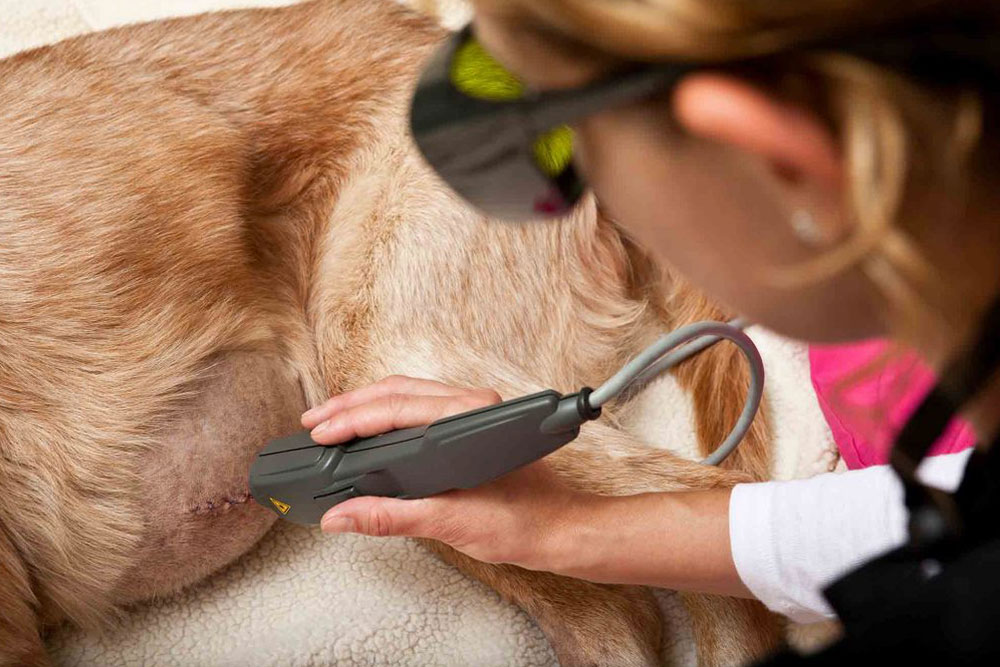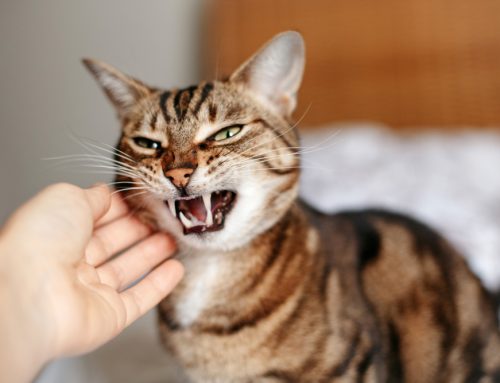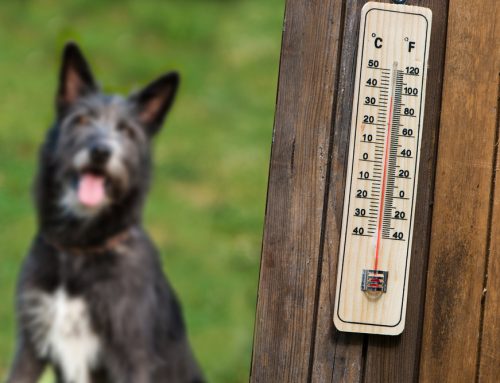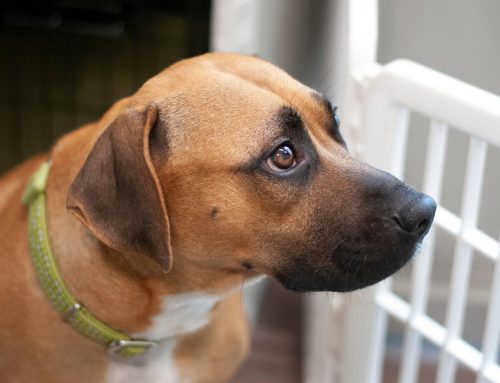Remaining on the cutting edge of veterinary medicine creates opportunities for us to treat pets in new and effective ways. We’re proud to offer new modalities to support pet health, especially when an animal is suffering. In the case of veterinary laser therapy, we can work together to treat your pet’s symptoms and offer relief from pain.
A Tall Order
Veterinary laser therapy, also known as cold or low-level laser, stimulates cell regeneration and increases blood circulation in pets with the following health conditions:
- Joint pain
- Arthritis
- Degenerative disc disease
- Hip dysplasia
- Muscle, tendon, or ligament injuries
- Soft tissue trauma
- Wounds
- Ear infections
- Gingivitis
- Hot spots
Length and Frequency
Veterinary laser therapy can be employed in conjunction with other supportive treatments, and long term exposure will not be detrimental to ongoing conditions.
Improvement is often seen after an initial treatment, but to be most effective, laser treatments are cumulative. In other words, each 3-10 minute laser treatment adds to a pet’s overall wellbeing.
Get Your Eye Protection
Our specially-credentialed professionals hold the laser over the affected area for a predetermined amount of time. Typically, animals in pain will begin to feel better and more relaxed during their treatment. Some even fall asleep! There are no side effects, and it’s considered completely safe.
Pain-Free, Non-Invasive
Your pet can’t tell you when they’re in pain, but they may display some of following signs indicating something is wrong:
- Restlessness
- Decreased or lack of grooming
- Difficulty getting up, moving around, or laying down
- Circling multiple times before landing on the floor or bed
- Whining, growling, increased vocalization
- Minimal tail wagging
- Decreased appetite
- Trembling or shaking
Veterinary Laser Therapy
Are you wondering whether veterinary laser therapy is a good fit for your pet? Please let us know! Our veterinarians and helpful staff are always here for you.







Leave A Comment